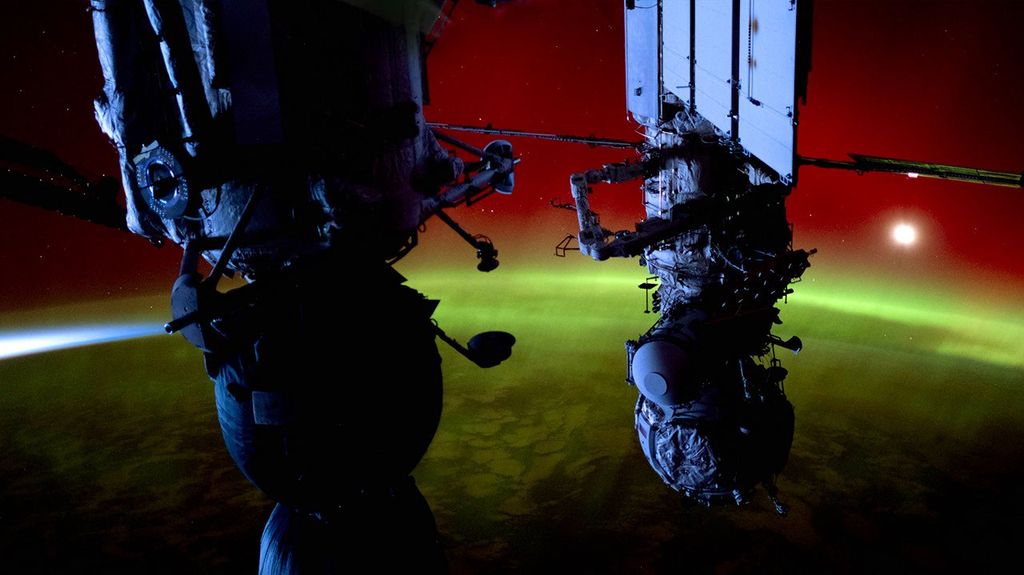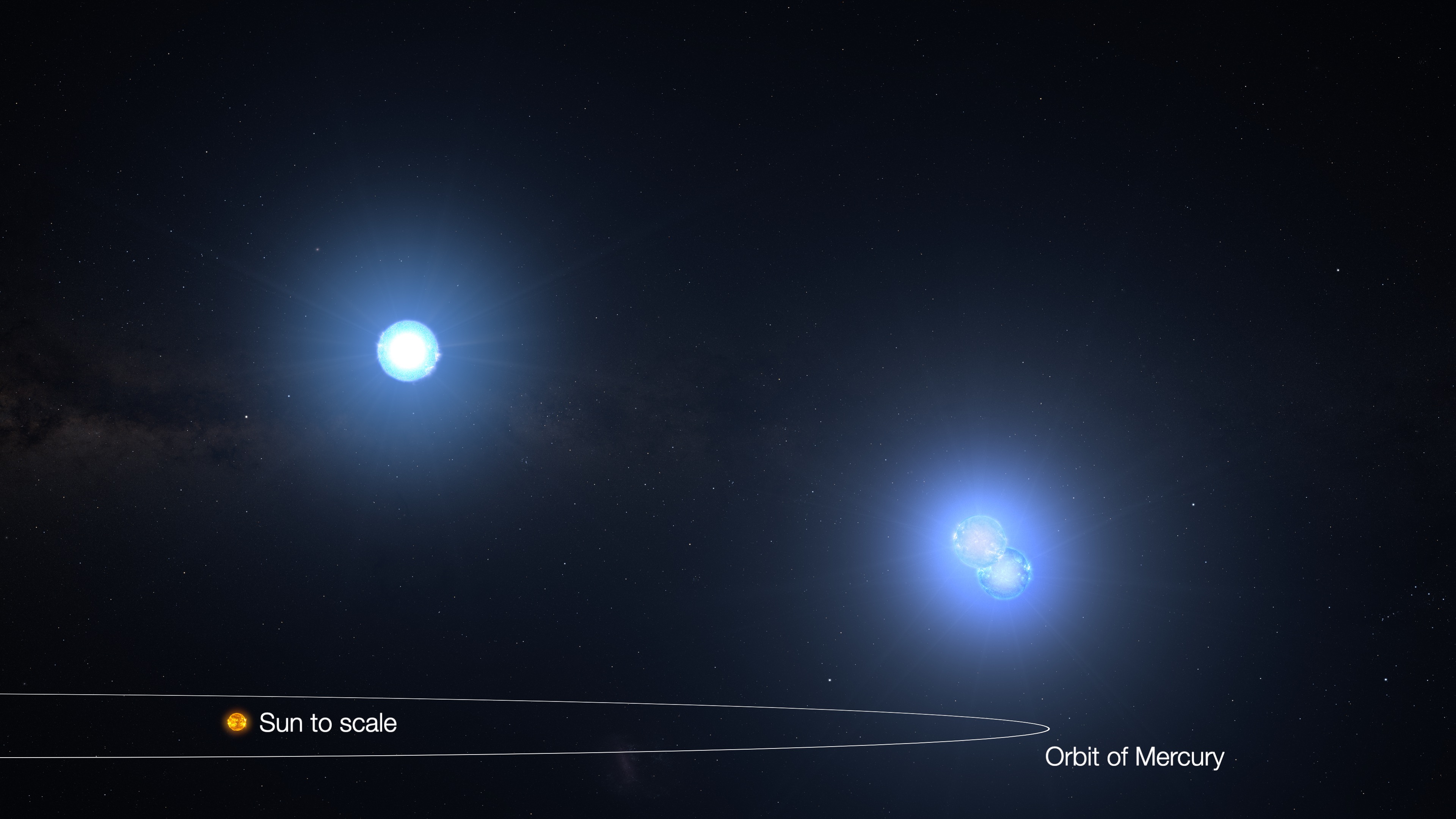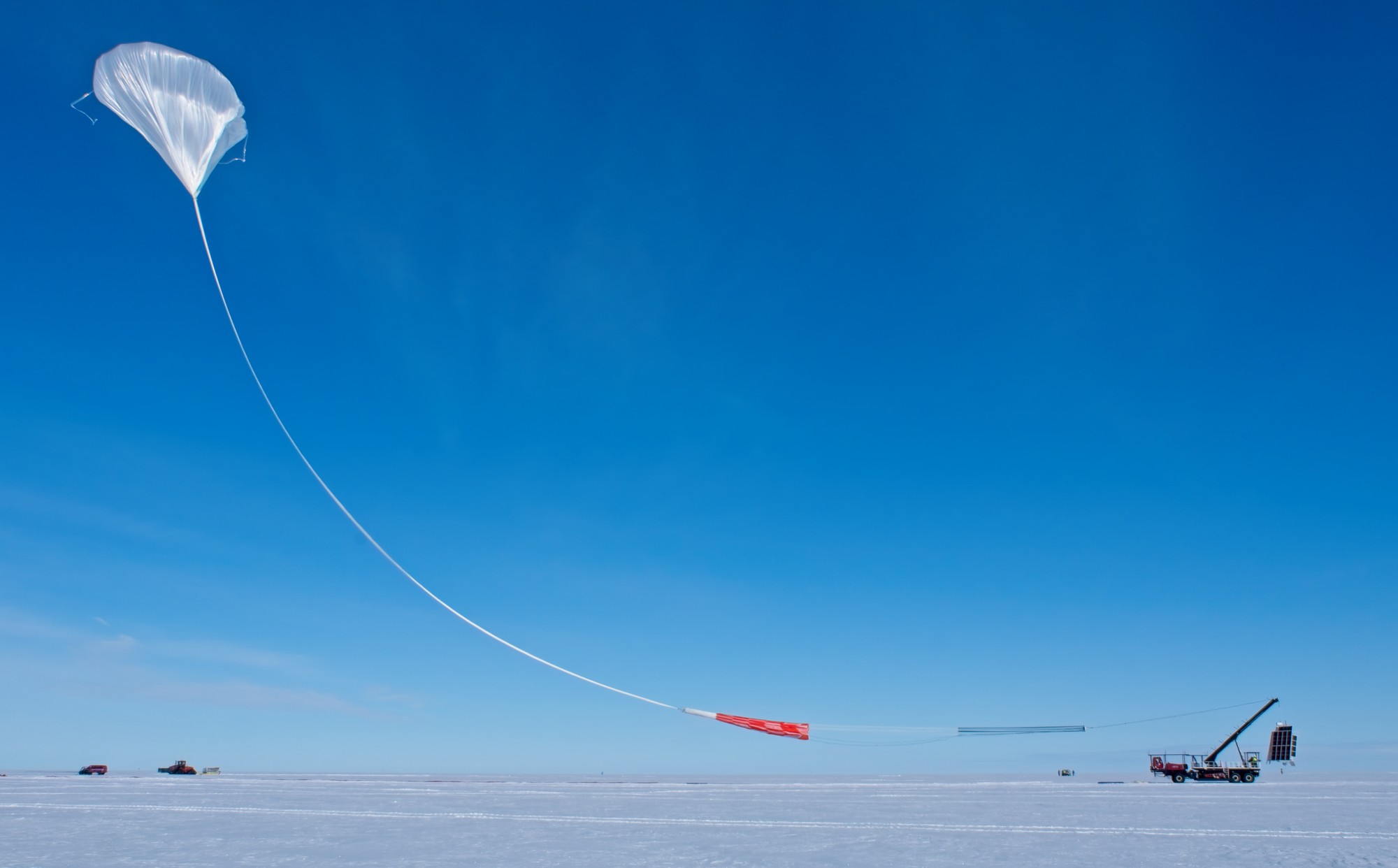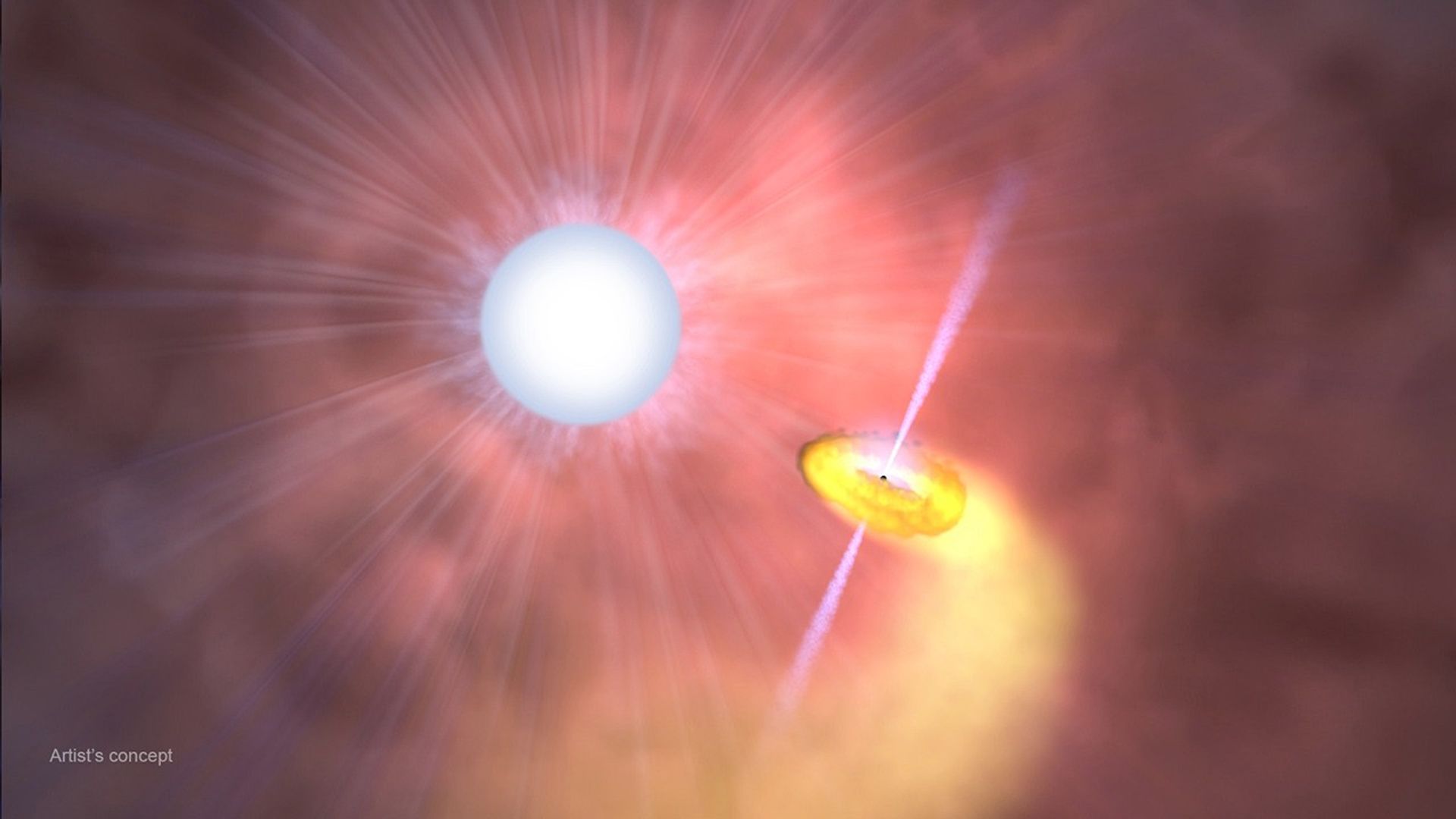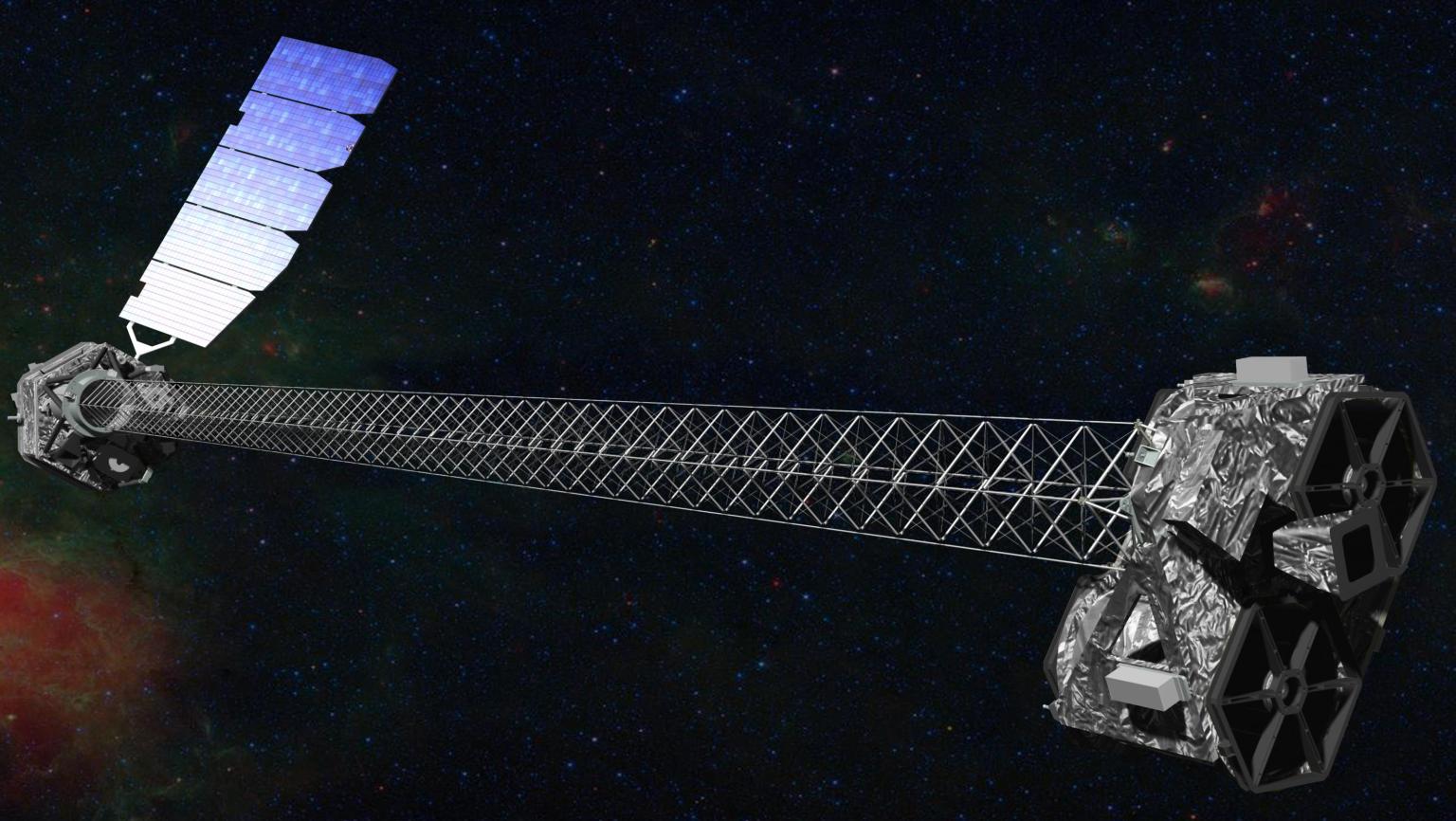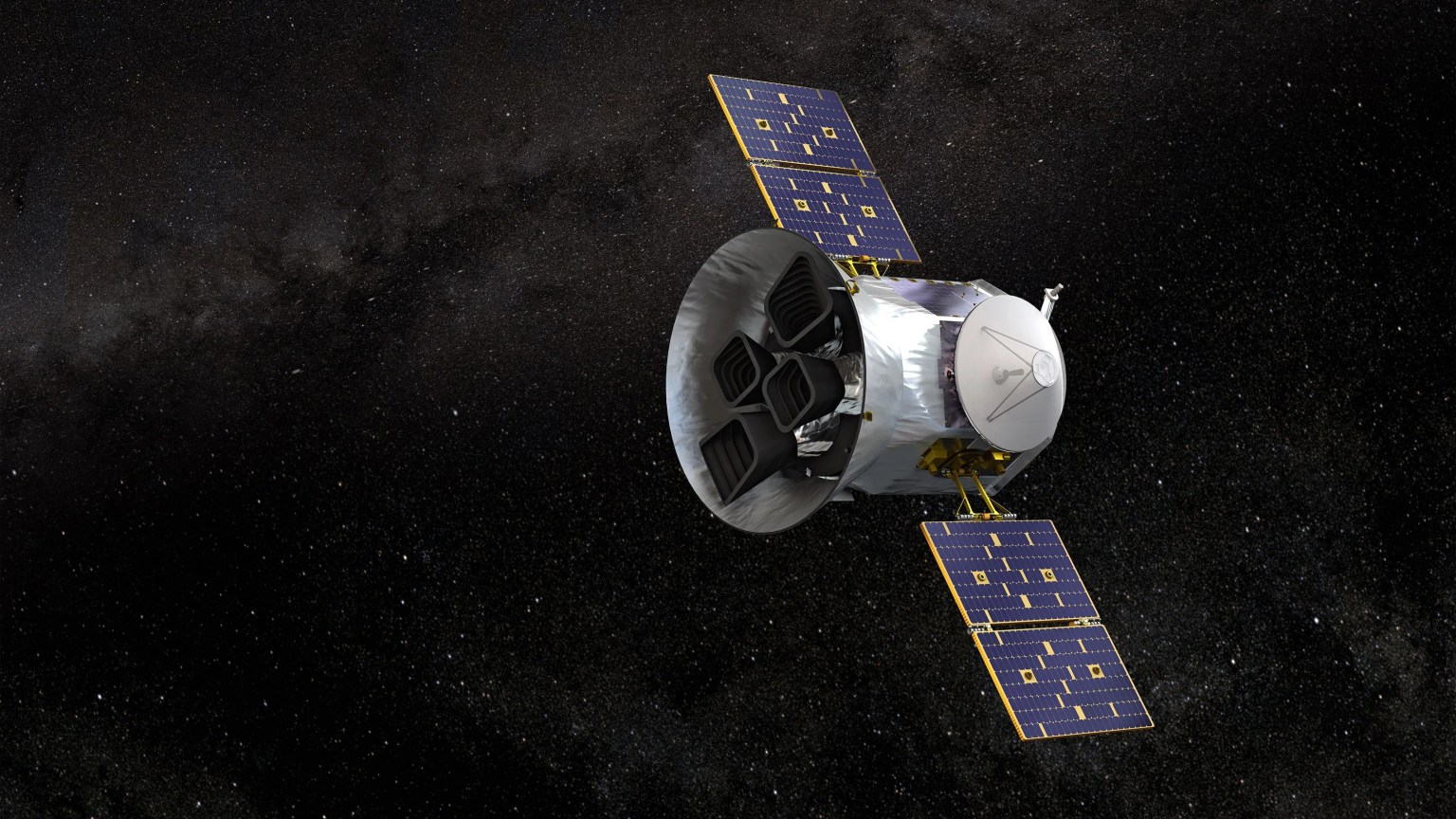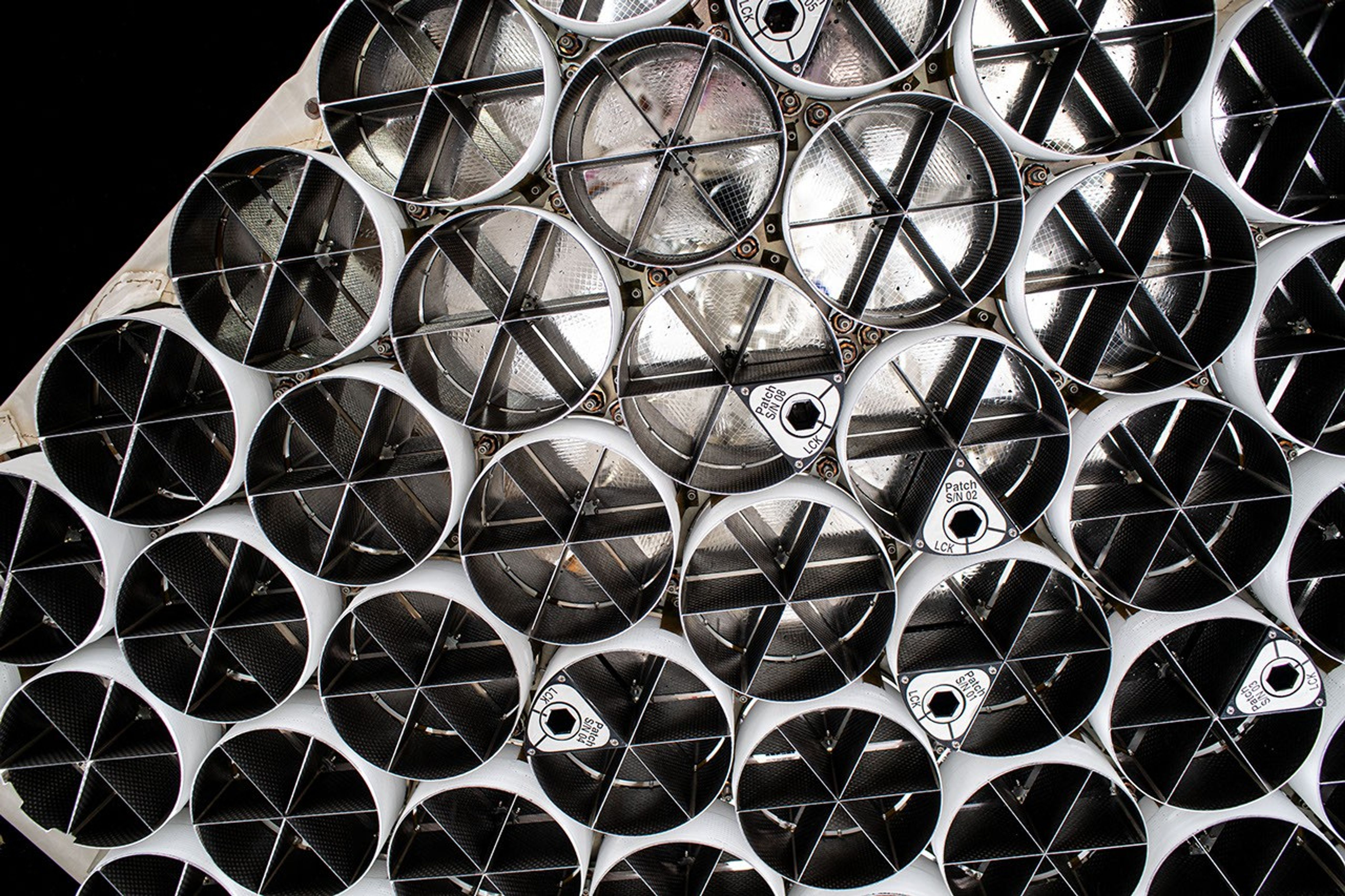Astrophysics Explorers
The mission of the Explorers Program is to provide frequent flight opportunities for world-class scientific investigations from space utilizing innovative, streamlined and efficient management approaches within the heliophysics and astrophysics science areas. Explorers are opportunities for innovative science and fill the scientific gaps between the larger missions.
The program seeks to enhance public awareness of, and appreciation for, space science and to incorporate educational and public outreach activities as integral parts of space science investigations.
The Explorer program enables the definition, development and implementation of mission concepts through a variety of modes to meet the need of the scientific community and the NASA space science enterprise.
The Explorer Program Office at Goddard Space Flight Center in Greenbelt, MD, provides management of the multiple scientific exploration missions in the Explorer space flight program. The missions are characterized by relatively moderate cost, and by small to medium sized missions that are capable of being built, tested and launched in a short time interval compared to the large observatories.
Astrophysics Missions
Small- and medium-class, PI-led Astrophysics missions, as well as Astrophysics missions of opportunity, are selected under the Astrophysics Explorers program, and are managed by the Astrophysics Division. Explorers are opportunities for focused scientific investigations, and fill the scientific gaps between the larger missions. For example, the Nuclear Spectroscopic Telescope Array (NuSTAR) is conducting a census of black holes for the Physics of the Cosmos program and studying the birth of elements for the Cosmic Origins program.
The Transiting Exoplanet Survey Satellite (TESS) is now in operations identifying terrestrial planets in the habitable zones of nearby stars. The Neutron Star Interior Composition Explorer (NICER) mission of opportunity has been mounted on the space station and is measuring the variability of cosmic X-ray sources to explore the exotic states of matter within neutron stars and reveal their interior and surface compositions.
The Imaging X-Ray Polarimetry Explore (IXPE) use the polarization state of light from astrophysical sources to provide insight into our understanding of X-ray production in objects such as neutron stars and pulsar wind nebulae, as well as stellar and supermassive black holes. GUSTO (Galactic/extragalactic Ultra long duration balloon Spectroscopic Terahertz Observatory) will untangle the complexities of the interstellar medium and map out large sections of the plane of our Milky Way galaxy and the nearby galaxy known as the Large Magellanic Cloud. Finally, XRISM (X-Ray Imaging and Spectroscopy) is a JAXA/NASA collaborative mission with ESA participation investigates X-ray celestial objects in the Universe with high-throughput, high-resolution spectroscopy.
How Many Black Holes Are Hiding? NASA Study Homes in on Answer
An effort to find some of the biggest, most active black holes in the universe provides a better estimate for…
Read the Story
















